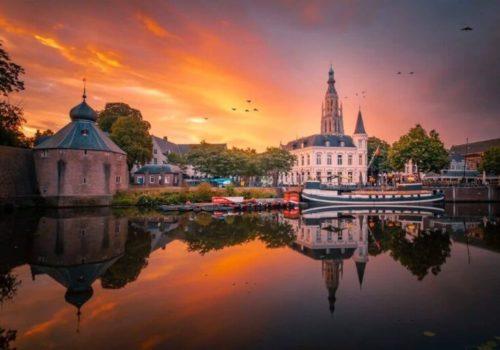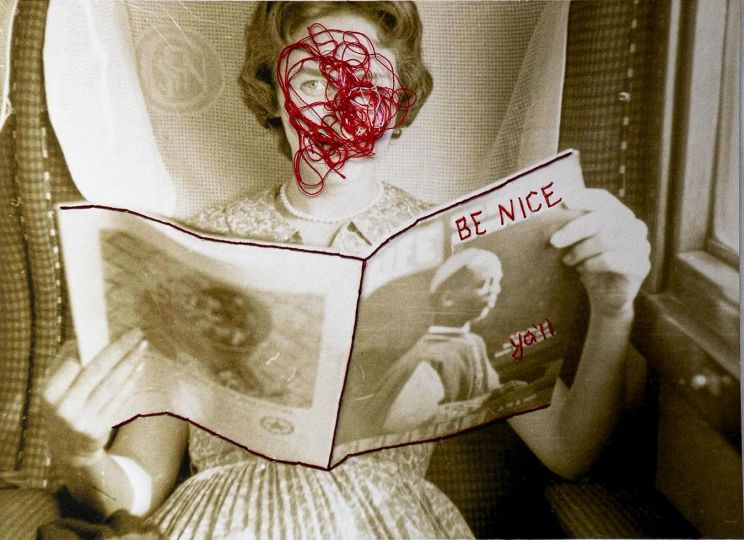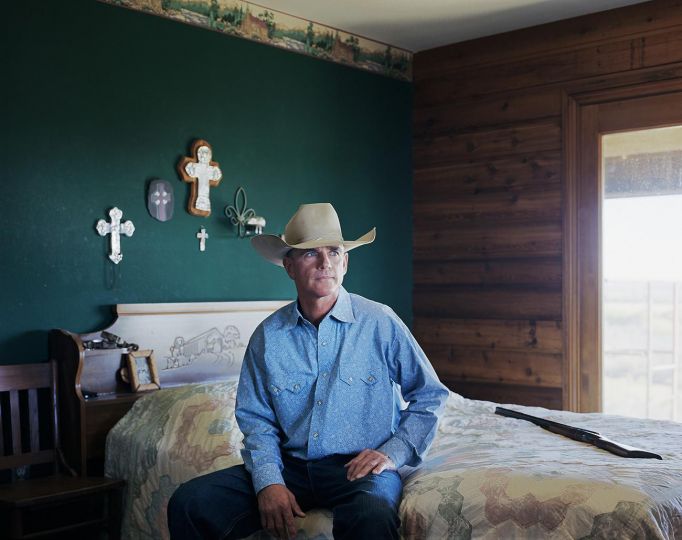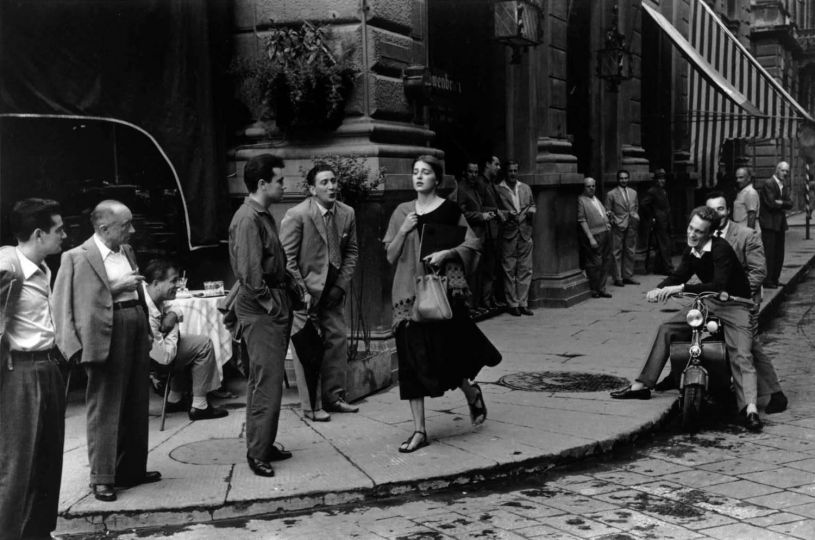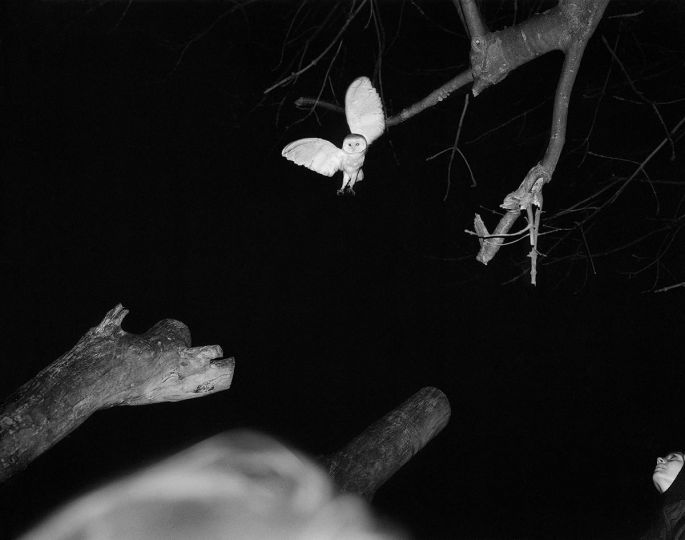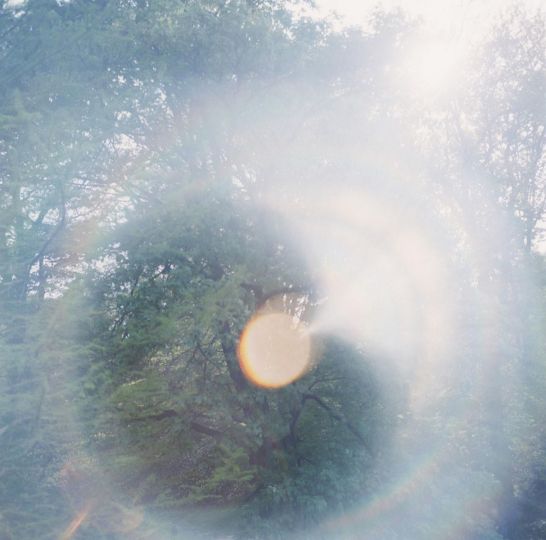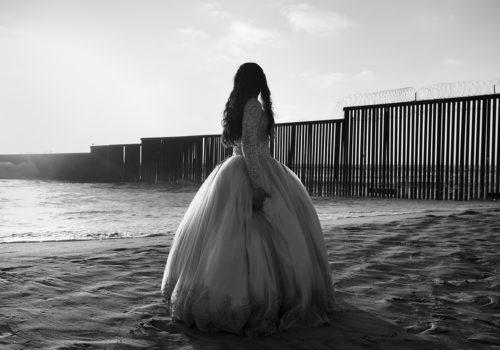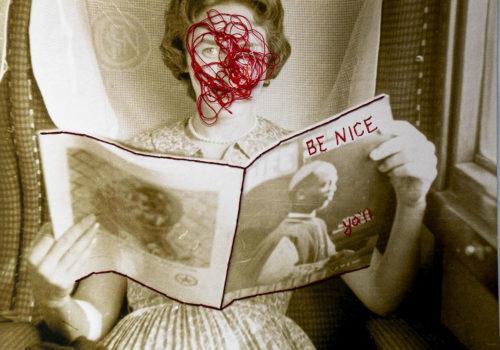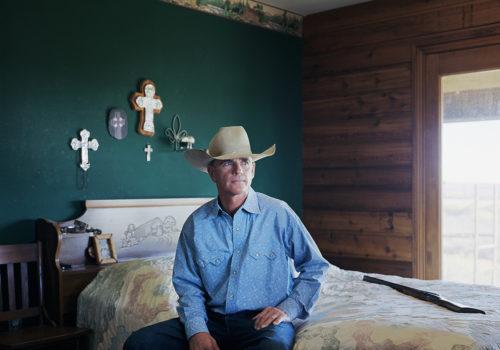BredaPhoto is one of the most important photography festivals in the Benelux – the organisers themselves leave no doubt about it – they are the most important final stop. What is certain – it is always one of the most talked-about. In any case, do not expect any well-trodden paths, no easy photography. The organisers are taking their guests on a journey, a journey to new names, new projects, social debates and, hopefully, new insights.
The Biennial is in its eleventh edition already – one has even been organised during the ‘memorable’ year 2020. Today again 53 artists are united in 49 projects. Once again 9 locations, and fully accessible to wheelchair .
Theme
BredaPhoto is always a festival with a clear theme, which can be described as committed but with a sense of nuance. The festival informs, makes you think, opposes polarisation and stands up for connection. This sets them apart from other ‘international’ photography festivals, which are sometimes barely worthy of the name ‘international’.
Journeys – whether it is a certain distance you travel, an inner journey to knowledge or your own life a journey, journeys is a universal concept. And especially in these times: so you see mass tourism and overcrowded destinations for the ‘have’s’; flight, migration and asylum for the ‘have-not’s’. Hope, acceptance or rejection are experienced by both groups.
Curator Selejan points out the large number of migrations today, but also that migrations are a constant in history. I would venture to add that migration is perhaps an understated factor in evolutionary theory – not a threat but instead a dynamic factor.
The theme is obviously politically topical not only in the Netherlands (where a right-wing populist & nationalist party convincingly won the elections), but equally for the whole of Europe.
Curators & Photographers
The festival is constantly changing, as it should be, new photographers of course, new locations – but also news within the organisation: for eight editions it was steered in the right direction by Reinout van den Bergh, Jan Schaerlackens and Geert van Eyck. First Geert said goodbye, and now Reinout too is about to leave. The curatorial team, on the other hand, has been enriched with international curators for several editions. This edition calls on Mohamed Somji & Ileana Selejan. Astrid Hulsmann assists them for the Dutch initiatives.
Artists: Abdul Halik Azeez / Adelheid Roosen & Leendert Vooijce / Adrianna Chlebicka / Aimilia Theofilopoulos / Amber Dooms / Anaïs López / Andrew Jackson / Anna Gajewszky / Claudia Gordillo / Daryna Tyshchenko / Frederic St-Hilaire & Jonathan Parant/ Giany Kraan (GIGI) / Hira Nabi / Ilaria Di Biagio / Ioana Cîrlig / Joost Rutten / Koral Carballo / Margit Lukács & Persijn Broersen / María Magdalena Campos-Pons / Max Grund / Mónica Alcázar-Duarte / Mounir Raji / Oliwia Fit / Omar Victor Diop / Oscar Mack / Parisa Azadi / Rosângela Rennó / Sakir Khader / Santanu Dey / Sara Francola / Sayuri Ichida / Selma Selman / Shaima Al-Tamimi / Thana Faroq / Tina Farifteh
In a number of projects, they are further assisted by curators with specific responsibilities. For instance, they attracted Max Gorbatskyi & Viktoria Bavykina for the exhibition ‘Ukrainian Photographies x BredaPhoto: Altered sites in the ongoing Russian invasion of Ukraine’. They were also responsible for the Ukrainian contribution to the Arsenale at the Venice Biennale 2024.
Artists: Ukrainian Photographies X BredaPhoto: Sergii Polezhaka, Yana Kononova, Katya Lesiv
For the exhibition ‘Grounding – Stories of Migration’ they called on the organisation FOTODOK. Founded in 2008 by the well-known photographer Rob Hornstra, among others, this Utrecht-based organisation focuses on supporting documentary photography. It shows the work of young photographers telling stories of first-generation migrants.
Artists: FOTODOK X BredaPhoto: Giya Makondo-Wills / Hanna Hrabarska / Kevin Osepa / Nael Quraishi / Marwan Magroun / Sebastian Koudijzer & Tyler Koudijzer / Thana Faroq
A third project is ‘Take me to the River’, realised by the Dutch branch of the international organisation Oxfam Novib in cooperation with the Pathshala South Asian Media Institute and BredaPhoto. For this, they attracted photographer Munem Wasif to oversee the project.
Artists: Oxfam Novib X Pathshala South Asian Media Institute X BredaPhoto: Amit Machamasi / Kishor Sharma / Fariha Hossain / Hadi Uddin / Mohammad Ashraful Huda
Finally, a new director: Friso Wijnen, he was formerly in charge of cultural programming for the Dutch delegation in Paris, and is thus certainly known to photography lovers for his initiatives during ParisPhoto with ‘ l’Atelier Néerlandais’.
ITP
The ITP – in full the International Talent Programme is one of BredaPhoto’s most original and valuable features. The programme was conceived during 2008 (I had the pleasure of being involved with it at the time) and it was first presented to the public in 2010. Today, BredaPhoto, together with teachers from 10 academies from five European countries, guides students in their project around the Biennale’s central theme. In the end, 10 students get the chance to exhibit at BredaPhoto – including in this edition.
Locations
Not really a smaller festival, but with fewer locations – and some old familiar ones disappearing: the familiar Chassé Park e.g. where one could previously visit a large part of the festival for free on the former barrack’s exercise grounds (in the middle of the new residential area designed by Rem Koolhaas) was scrapped.
On the other hand: once again, Breda’s grandest monument, the Grote Kerk (image 2), forms part of the BredaPhoto itinerary. Familiar locations such as the Stadsgalerij (image 5) & Galerie Ecker are equally back on the map
On Speelhuislaan, the City Archive displays a selection from their photo collection ‘Welkom in Breda’ (image 6.1-6.3), about migration in Breda after 1945.
New locations are introduced in the itinerary : ‘t Zoet / The Sweet (image 4.1-4.3) – prosaic name for the site where the former sugar factory was located. On this site you will find the largest outdoor venue of the 2024 edition .
A second new location is the former central police Carré Chassé (3.1-3.2) station at Chassé Veld which is the largest indoor location
As a result, in this edition (if you arrive early enough) you can see everything in one day.
Practical
BredaPhoto Festival Journeys started September 13th until November 3rd 2024, Tuesday till Sunday, 10:00 to 17:00 hours
For special events outside these opening hours, check out our event calendar. On the website, you’ll find more information about the locations and all participating photographers and artists.
Tickets
There are three types of tickets available for the BredaPhoto Festival: a day ticket, a two-day ticket, and a passe-partout.
People under 18 have free access to the festival. BredaPas holders also have free access to the festival. Youth tickets and BredaPas tickets are available here. Please bring your ID and BredaPas with you when you visit.
Day tickets are valid on the day of your choice. If you can’t visit all the locations in one day or want to extend your stay in Breda, choose a two-day ticket. Would you like to enjoy the BredaPhoto Festival at your convenience over a span of seven weeks? Choose a Passe-Partout.
Do you have question about your tickets? Visit ticketsupport.
Conclusion:
You are interested in photography and have a day off? Then a visit to the Biennial is a must!
John Devos
[email protected]

